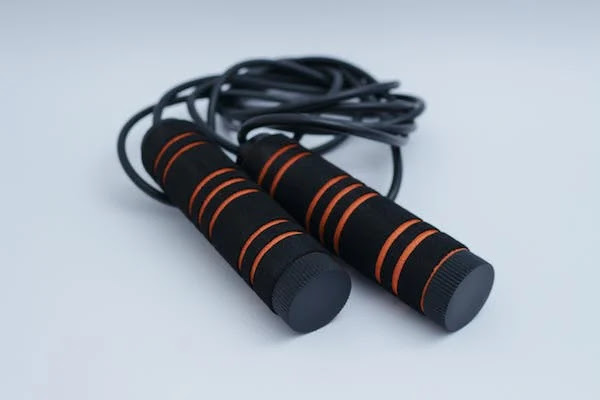The fitness industry has indeed embraced technology in recent years, with wearable devices playing a significant role in transforming the way we work out. These devices, typically worn on the body or integrated into clothing or accessories, utilize various sensors and technologies to monitor and track different aspects of our physical activity and health. Let's explore some ways in which wearable devices are impacting the fitness industry:
Activity Tracking: Wearable devices such as fitness trackers and smartwatches can monitor and track our daily activity levels, including steps taken, distance traveled, and calories burned. This data helps individuals set and achieve activity goals, providing real-time feedback and motivation to stay active throughout the day.
Heart Rate Monitoring: Many wearable devices include built-in heart rate monitors that provide continuous heart rate tracking during workouts. This feature allows users to optimize their training intensity, ensuring they are in the appropriate heart rate zones for their fitness goals, whether it's fat burning, cardio endurance, or high-intensity interval training.
Sleep Monitoring: Quality sleep is crucial for overall health and fitness. Wearable devices with sleep tracking capabilities can analyze sleep patterns, duration, and quality, providing insights into sleep stages and offering personalized recommendations for improving sleep hygiene.
GPS and Route Tracking: For outdoor enthusiasts, wearables with GPS capabilities enable accurate tracking of routes, distances, and speeds during activities such as running, cycling, or hiking. This information can be synced with fitness apps or platforms to review performance and set new goals.
Coaching and Feedback: Some advanced wearable devices offer personalized coaching and feedback based on the data collected during workouts. These devices can analyze metrics like stride length, cadence, or swim stroke efficiency and provide real-time audio or visual cues to help users improve their form and technique.
Integration with Mobile Apps: Wearable devices often integrate with mobile apps or fitness platforms, allowing users to view and analyze their data in more detail. This integration enhances the overall user experience, providing comprehensive insights into fitness progress, achievements, and challenges.
Community and Social Features: Many wearable devices offer social features that allow users to connect with friends, join challenges, and share their achievements. This creates a sense of community and healthy competition, encouraging individuals to stay motivated and engaged in their fitness routines.
Health Monitoring: Wearable devices are increasingly incorporating health monitoring features such as blood pressure measurement, oxygen saturation monitoring, and even electrocardiogram (ECG) readings. These additional health metrics provide users with a more holistic view of their well-being, empowering them to make informed decisions about their fitness and overall health.
The integration of wearable devices into the fitness industry has revolutionized the way we track, monitor, and engage with our workouts. By providing personalized data, feedback, and motivation, these devices have become invaluable tools for individuals looking to optimize their fitness routines and achieve their health goals.


Comments
Post a Comment